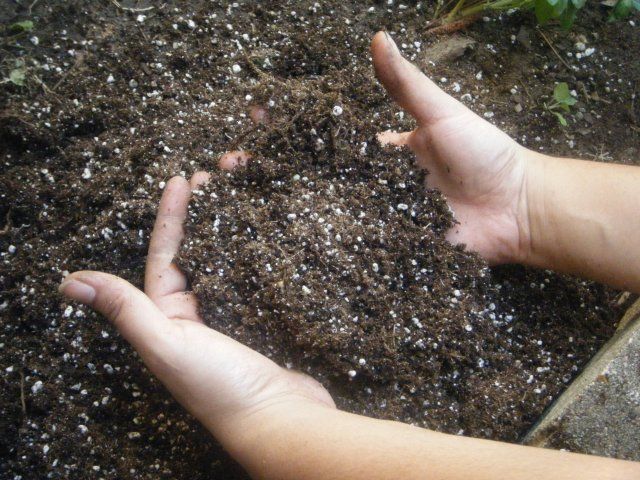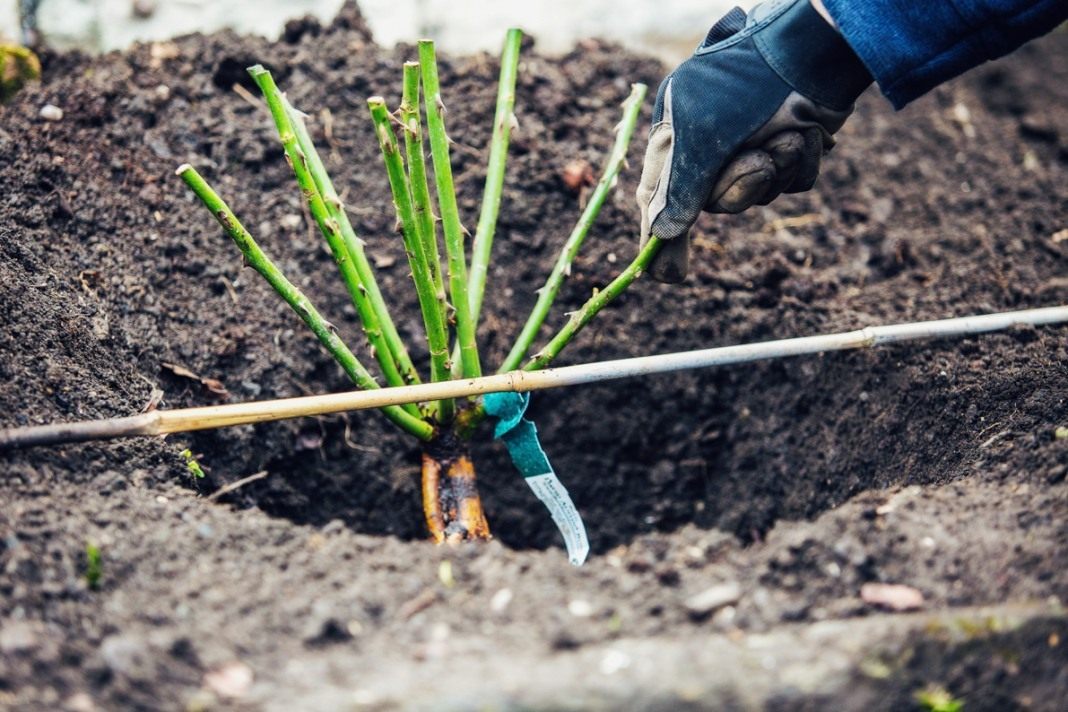Content:
Climbing roses are a decoration of any summer cottage. From them it is easy to create living arches, fences, cover up unsightly buildings. To solve these problems, the Parade rose comes in handy. Summer residents are attracted by the compact size of the bush, very abundant and long flowering with large, bright flowers, a delicate aroma, and unpretentiousness.
General information about the hybrid
Climbing rose Parade from the Claiming group belongs to the class of large-flowered roses. The hybrid was launched in 1953 in the USA. The "parents" of Parade are New Dawn and World's Fair.
Description of Rose Parade
The flower has multi-petal buds (33 pcs.), Double. Their shades can range from intense (scarlet) to bright (cherry). Sometimes the middle of the bud is purple. Flowers are single and in inflorescences up to 5 pcs. The aroma is not very pronounced.
Flowering lasts from June until frost. Repeated waves of abundant blooming of flowers are clearly traced. The buds remain attractive for 5-7 days. In extreme heat, sintering and dropping of 2-3-day-old flowers may occur.
The foliage of the climbing rose is dense, and the leaf plates themselves are glossy, dense green.
Main characteristics of the Parade rose
The Parade rose bush belongs to climbing, but at the same time compact varieties. An adult plant occupies an average area of 2.5 by 2.5 m. Although there are dwarf varieties, for example, the Blue Parade rose. Due to its compactness, it can be grown as a single bush, but it is mainly planted as a climbing plant.
The bush takes root easily and overgrows with dense foliage in a short period of time. Already in the first year, single buds are formed on flexible, creeping shoots. The rose begins to bloom vigorously from the second year. The shoots of the last year are covered with large flowers. On one, up to 4-5 buds are formed. Their sizes reach 10-15 cm in diameter. These multi-petal flowers open gradually. For thin shoots, the weight of the buds is palpable, so they should be tied to supports.
Roses of this type look great solo and in compositions. Neighboring plants can be selected by contrasting flower buds or foliage. A rose looks good next to creeping lilac clematis, white jasmine bushes, multi-colored hydrangeas (Magic Sweet Summer is especially good).
A remarkable feature of this plant is to braid any structure (pillars, columns, fences, trellises, trellises, walls) in the shortest possible time. Let it be just foliage in the first year, but it also looks very beautiful.
The Parade variety is quite frost-resistant. It can withstand short-term frosts from -17.8 ° C to -20.6 ° C, but you should not risk it, it is better to cover it.
The flowers of the plant are pollinated by insects or the wind, and by August the fruits ripen. It is better to remove them in the ovary state or cut off the buds immediately after wilting, because hybrid seeds are not considered as planting material. They do not transfer maternal qualities to seedlings.
Growing and caring for a rose
It is customary to plant Parade rose in early spring, this is especially true for Central Russia. The best time for this is May.
For lush flowering, the hybrid needs a sunny place or at least partial shade. Without light, the shoots will grow in length, there will be few flowers, and they will be small.
Constant ventilation of the bushes is also important for the plant.This allows drops of rain not to linger on the foliage, otherwise there is a high probability of developing fungal diseases.
The soil
Parade prefers loose soils, for example, loam, but it is well developed on sandy loam and clay soils. But, if the land is very poor, it is better to mix native soil with clay (10-15 kg / m²) and humus (3-4 kg / m²) in the planting pit. The pit itself should be half a meter deep.
If the soil is acidic, then it is worth adding components to neutralize:
- lime;
- a piece of chalk;
- dolomite flour;
- oven ash.
Heavy clay soil should be diluted with sand (20 kg / m²) or peat (3-4 kg / m²).
The occurrence of groundwater is also important, which must pass at a depth of at least 1.5 m.
Landing
Seedlings ready for planting should be placed in a solution of the preparation for root formation for half an hour. It can be:
- root;
- epin.
Further, the roots of the bush are freely placed at the bottom of the planting hole, covered with soil and the surface is compacted. The planting is completed with abundant watering and, if they were not cut before planting, the shoots of the rose are shortened. For good flowering, it is enough to leave a length of 15 cm.
Watering and feeding
Top dressing is applied only in the third year after planting. It can be liquid organic matter (diluted manure) and ash. 1 tbsp is enough for a bucket of water. ash and 1 liter of liquid manure. From ready-made fertilizers, a novovert is suitable for roses.
It is enough to water the bushes once every 10 days. Only watering should be very abundant and reach the deepest roots, otherwise root formation will occur in the upper soil zone, which will make it difficult for the rose to transfer the winter.
Pruning
This procedure is carried out both in autumn and spring. In addition to diseased and damaged branches, all 3-4-year-old branches are removed. They will not bloom. The rest of the shoots are cut to the first strong bud. In order not to be mistaken with the number of cut branches, you need to remember that there should be as many remaining ones as deleted ones.
Winter care
At the end of September, plants need to be properly prepared for wintering. For this you need:
- free all branches from leaves;
- carry out pruning;
- bend and pin the branches to the ground;
- pour a mound of earth about 30 cm high on the rose;
- sprinkle with dry leaves, twigs or special non-woven material (for example, lutrasil).
With the onset of stable frosts, it would be good to additionally build a shelter (cover with a large box, with a thick layer of spruce branches).
Spring adaptation should be carried out gradually: layer by layer to remove shelters and at the same time shade open bushes from the bright sun. It is very important to break the ice on time.
Reproduction
This variety, like many other climbing varieties, multiplies:
- layering;
- vaccination;
- seeds;
- cuttings.
True, only purchased seeds can be sown.
Diseases and pests
The hybrid is often affected by:
- black spot;
- powdery mildew;
- gray rot;
- thrips;
- spider mite.
Bordeaux liquid will help from diseases, and karbofos, fitoverm and similar preparations will relieve insects.
Advantages and disadvantages of the variety
The advantages of the variety are its long, lush flowering in several stages and resistance to diseases.
The disadvantage is the instability to excess moisture.
The hybrid is highly demanded for its unpretentiousness and luxurious flowering. It is also attracted by the ease of reproduction and undemanding care. It is possible to grow and care for a hybrid without special knowledge, so even a novice grower will succeed!
















